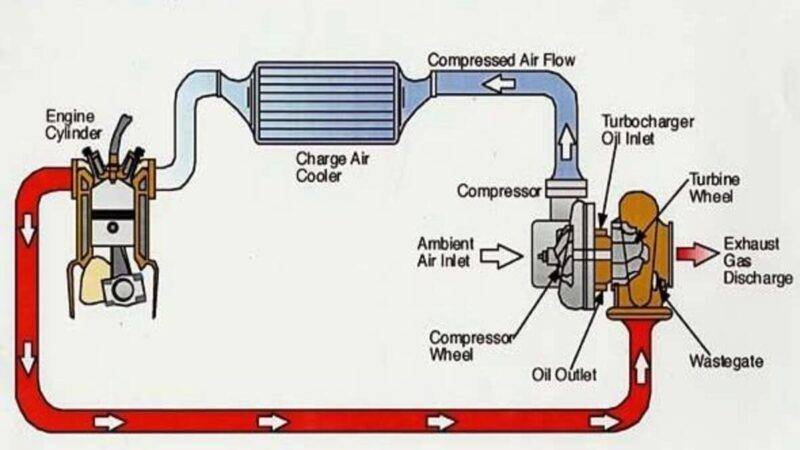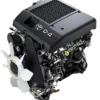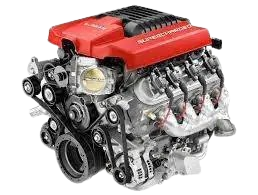Explaining the benefits and drawbacks of turbocharged and supercharged engines
Explaining the benefits and drawbacks of turbocharged and supercharged engines
When it comes to improving the performance of a vehicle, turbocharged and supercharged engines are two popular options. Both technologies offer significant benefits, but they also come with their own set of drawbacks. In this blog post, we will explore the advantages and disadvantages of turbocharged and supercharged engines to help you make an informed decision about which option is best for your vehicle. Explaining the benefits and drawbacks of turbocharged and supercharged engines
Turbocharged Engines
Turbocharging is a method of forced induction that uses exhaust gases to spin a turbine, which in turn compresses the air entering the engine. This compressed air allows the engine to burn more fuel and produce more power, resulting in improved performance. Explaining the benefits and drawbacks of turbocharged and supercharged engines
One of the primary benefits of a turbocharged engine is increased power and torque. By forcing more air into the combustion chamber, turbocharging can significantly boost the output of a smaller engine. This can result in better acceleration and overall performance, making turbocharged engines popular among enthusiasts and performance-oriented drivers. Explaining the benefits and drawbacks of turbocharged and supercharged engines
Another advantage of turbocharging is improved fuel efficiency. By increasing the efficiency of the combustion process, turbocharged engines can deliver better fuel economy compared to naturally aspirated engines of similar size and power output. Explaining the benefits and drawbacks of turbocharged and supercharged engines
However, there are also some drawbacks to turbocharged engines. One of the main issues is turbo lag, which refers to the delay in power delivery that occurs when the driver presses the accelerator pedal. This lag can be particularly noticeable at lower engine speeds, which can affect the drivability of the vehicle. Explaining the benefits and drawbacks of turbocharged and supercharged engines
Additionally, turbocharged engines are often more complex and expensive to maintain compared to naturally aspirated engines. The added components and higher operating temperatures can lead to increased wear and potential reliability issues over time. Explaining the benefits and drawbacks of turbocharged and supercharged engines
Supercharged Engines
Supercharging is another method of forced induction that uses a belt-driven compressor to increase the air pressure entering the engine. Unlike turbocharging, which relies on exhaust gases to drive the turbine, supercharging delivers instant power by compressing air directly into the intake manifold. Explaining the benefits and drawbacks of turbocharged and supercharged engines
One of the key benefits of a supercharged engine is immediate power delivery. Unlike turbocharged engines, which can suffer from lag, supercharged engines provide instant throttle response and linear power delivery throughout the rev range. This makes supercharging a popular choice for drivers who prioritize drivability and responsiveness. Explaining the benefits and drawbacks of turbocharged and supercharged engines
Another advantage of supercharging is its simplicity and reliability. Superchargers are typically easier to install and maintain compared to turbochargers, and they are less prone to heat-related issues due to their external compressor design. Explaining the benefits and drawbacks of turbocharged and supercharged engines
However, there are also some drawbacks to supercharged engines. One of the main concerns is increased fuel consumption. Superchargers require energy from the engine to operate, which can result in decreased fuel efficiency compared to naturally aspirated engines. Explaining the benefits and drawbacks of turbocharged and supercharged engines
Additionally, superchargers can be less efficient at higher engine speeds compared to turbochargers, which may limit their potential for extreme performance applications.
Conclusion
In conclusion, both turbocharged and supercharged engines offer unique benefits and drawbacks. Turbocharging provides increased power and fuel efficiency but may suffer from lag and higher maintenance costs. On the other hand, supercharging delivers immediate power delivery and simplicity but can result in higher fuel consumption and limited high-end performance. Explaining the benefits and drawbacks of turbocharged and supercharged engines
Ultimately, the choice between turbocharging and supercharging will depend on your specific needs and priorities as a driver. Whether you prioritize power, efficiency, or drivability, it’s important to carefully consider the advantages and drawbacks of each technology before making a decision for your vehicle. Explaining the benefits and drawbacks of turbocharged and supercharged engines
Explaining the benefits and drawbacks of turbocharged and supercharged engines online
Yanmar 8LV Diesel Marine Engines








